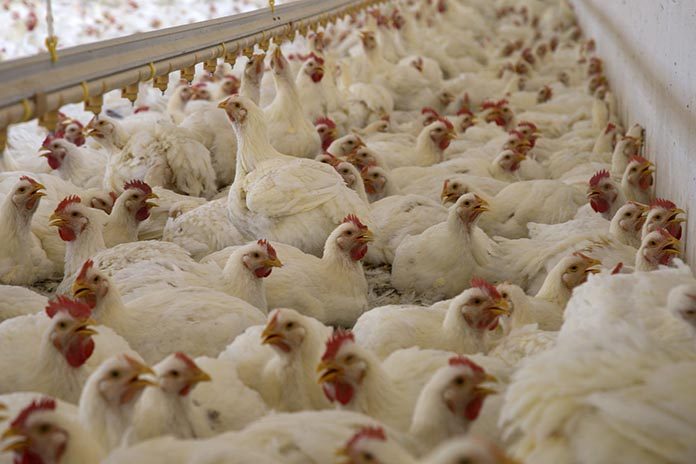
USPOULTRY and the USPOULTRY Foundation announce the completion of a funded research project at the Western University of Health Sciences in Pomona, Calif., in which researchers may have found a way to improve future probiotics. The research is part of the Association’s comprehensive research program encompassing all phases of poultry and egg production and processing. A brief summary of the completed project is shown below. A complete report, along with information on other Association research, may be obtained by going to USPOULTRY’s website, www.uspoultry.org. The project summary is as follows.
Project #F068: Validation of In Vivo Selective Cultivation of Probiotic Communities via Serial Transplants of the Chicken Cecal Microbiome
(Dr. Brian Oakley, Western University of Health Sciences in Pomona, Calif.)
Dr. Brian Oakley and colleagues at the Western University of Health Sciences and the USDA Agricultural Research Service recently completed a research project in which they studied the effect of the transfer of intestinal contents from older chickens to chicks on growth and pathogen resistance. They found that that the inoculum improved both the growth and resistance to challenge with Campylobacter jejuni and Salmonella enteriditis. This project may provide a new pathway to development of improved probiotic products.
The poultry gastrointestinal (GI) microbiome (the population of microbes living in the intestinal tract) has been established as a key element of poultry nutrition, growth and pathogen resistance.
The problem from an industry perspective remains how to translate basic research about the importance of the GI microbiome to specific products and/or husbandry practices. Because the GI microbiome is a very complex community with hundreds of microbial species, identifying the exact members responsible for desirable effects is challenging. This project therefore took a community-based approach to test whether serial transfers of intestinal material could generate an effective source of inoculum to improve the growth and pathogen resistance of young chicks.
This research had two main objectives:
– Monitor changes in the microbial community during serial passages of GI contents through multiple generations of chicks
– Compare the immune responses, growth and pathogen resistance of chicks colonized with this inoculum versus chicks exposed to a diverse environmental community typical of commercial poultry rearing.
For the first objective, serial transfers of intestinal material from two week old birds to newly-hatched chicks provided a relatively stable source of inoculum. In general, the microbial community reached a stable state after the first transfer.
For the second objective, exposing young chicks to a complex microbial community improved resistance to pathogen challenge compared to uninoculated chicks, but surprisingly, chicks inoculated with a community from used commercial poultry litter had body weight gains and pathogen resistance scores that were as good or better than chicks inoculated with material serially-transferred through multiple generations of birds. Sequencing-based characterizations of the transplanted material showed relatively high proportions of bacteria in a group called the Firmicutes. This observation was consistent with our previous characterizations of the chicken GI microbiome and led to an additional third phase of the project in which some of these bacteria have been selectively cultivated and characterized to produce a more defined inoculum.
Results show that microbiome transplants to young chicks can have beneficial effects and that serial transfers of the microbiome can produce a relatively stable source of inoculum. For the full impact of these results to help the industry, further development is required to better characterize and propagate thid inoculum and to understand exactly what mechanisms are driving the effects we observed. Towards this goal, data generated have been used by this project to help build a library of bacterial strains that may have future value as defined probiotic feed additives.
















